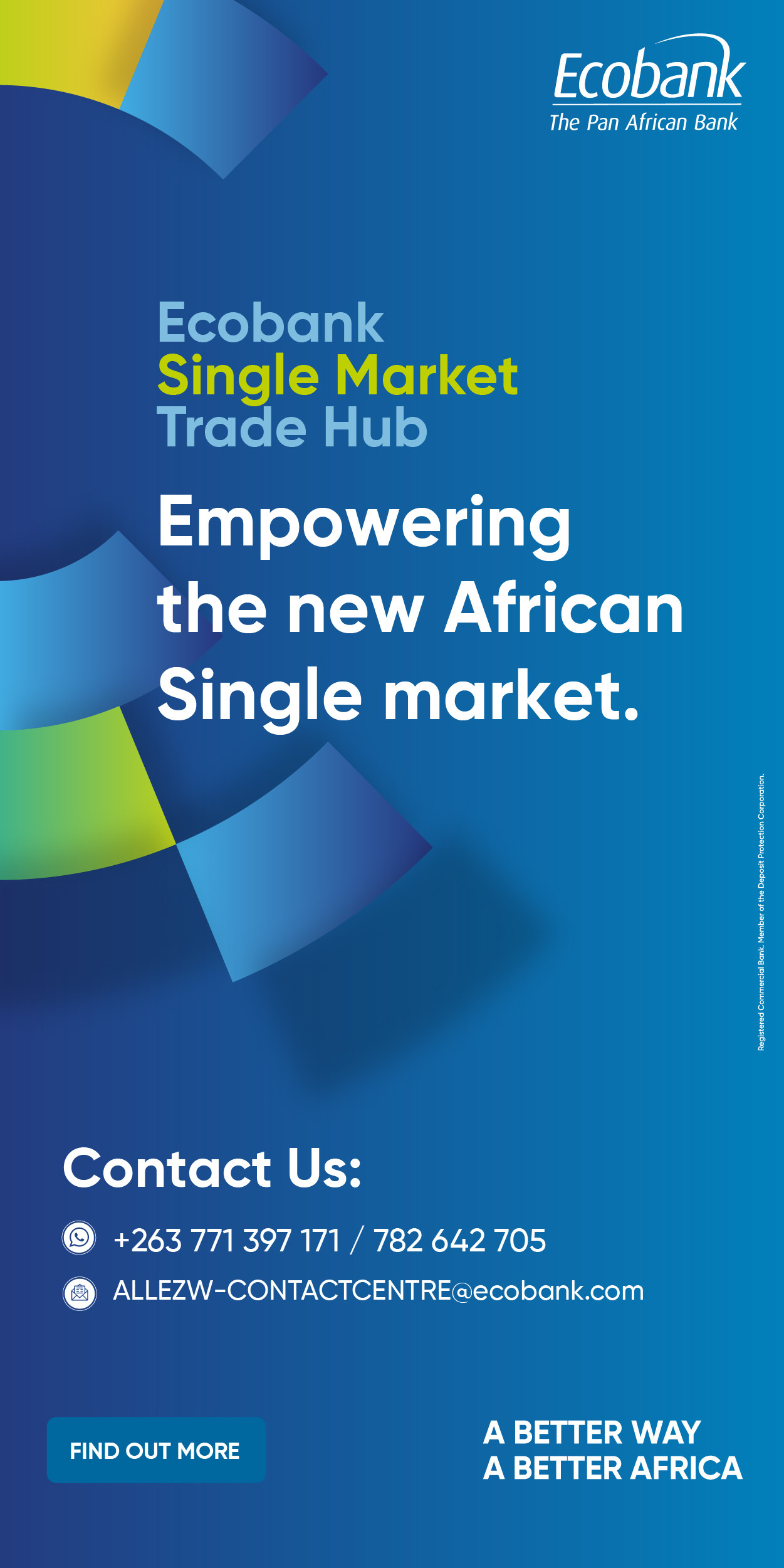- In H1 2025, global gold ETFs attracted $38 billion in inflows, marking the highest semi-annual performance since H1 2020
- Total assets under management for global gold ETFs rose by 41% to $383 billion, with holdings increasing by 397 tonnes
- North America led with $21 billion, Europe contributed $6 billion, and Asia set a record with $11 billion
- Africa lagged with only $661 million
Harare- Global gold exchange-traded funds (ETFs) saw a remarkable resurgence in the first half of 2025, with inflows reaching US$38 billion, the highest semi-annual performance since H1 2020, driven by geopolitical uncertainties and rising gold prices.
This is according to the latest data from the World Gold Council.
Total assets under management (AUM) for global gold ETFs soared 41% to a record US$383 billion, with collective holdings increasing by 397 tonnes to 3,616 tonnes, the highest since August 2022.
North America and Europe led the charge, contributing US$21 billion and US$6 billion, respectively, while Asian investors set a record with US$11 billion in inflows, accounting for 28% of global flows despite holding only 9% of AUM.
In contrast, African investors, primarily through South African funds, lagged significantly, contributing only a modest portion to the US$661 million in inflows from "other regions," which also included Australia.
Gold ETF holdings and flows by region
South Africa, the primary contributor to gold ETF activity in Africa, saw inflows as part of the US$148 million recorded in June and US$661 million for H1 2025, but these figures pale in comparison to other regions. Several factors explain why African investors lag behind including economic constraints like weaker growth prospects and currency depreciation, particularly in South Africa, limited investor capacity to allocate funds to gold ETFs.
Unlike in Asia, where inflationary concerns and trade risks drove record inflows, African markets faced subdued investor sentiment due to domestic economic challenges.
Second is the relatively underdeveloped financial infrastructure for ETFs in Africa, compared to North America and Europe, restricted access and awareness among retail and institutional investors,, while global geopolitical risks, such as the Israel-Iran conflict, boosted safe-haven demand elsewhere, African investors appeared less responsive, possibly due to competing local priorities or lower exposure to gold ETFs as an investment vehicle.
These factors combined to keep Africa’s contribution to global gold ETF inflows minimal, showing a regional lag in capitalising on the global gold rush.
ETFs performance
June marked a pivotal moment as global gold ETF flows turned positive, driven by strong investor demand across all regions, particularly in North America and Europe.
By the end of June, the surging gold price and these notable inflows propelled the total assets under management (AUM) for global gold ETFs to a record US$383 billion, a 41% increase from previous levels.
Collective holdings grew by 397 tonnes to 3,616 tonnes, the highest month-end value since August 2022.
The global gold market also saw liquidity reach an impressive US$329 billion per day in the first half of 2025, the highest since 2018, reflecting gold’s growing appeal as a safe-haven asset amid economic and geopolitical uncertainties.
Exchange-traded funds (ETFs) are investment vehicles that pool money from multiple investors to purchase a diversified portfolio of assets, such as stocks, bonds, or commodities like gold. They are traded on stock exchanges, much like individual stocks, allowing investors to buy and sell shares throughout the trading day at market prices.
Regional performances
North America led the charge in gold ETF inflows, attracting US$4.8 billion in June alone, the strongest monthly inflow since March, and contributing US$21 billion to the global total for the first half of 2025, the region’s strongest semi-annual performance in five years.
Heightened geopolitical risks, particularly from the Israel-Iran conflict, drove investor demand for safe-haven assets like gold.
Despite the U.S. Federal Reserve holding interest rates steady in June, concerns about slowing economic growth and rising inflation persisted, with markets pricing in three rate cuts by the end of 2025 and two more in 2026.
This led to declining U.S. Treasury yields and a weakening dollar, further boosting gold’s attractiveness. Ongoing policy uncertainty and fiscal concerns are likely to continue supporting demand for gold ETFs in the near to medium term.
Europe also saw a positive shift, with inflows of US$2 billion in June, the strongest since January, bringing the region’s first-half total to US$6 billion.
This marked a reversal from consistent semi-annual losses since the second half of 2022. The United Kingdom led European inflows, supported by a dovish stance from the Bank of England, which kept rates unchanged but signalled potential future cuts amid weaker economic growth, easing inflation, and a cooling labour market.
Declining local yields and rising geopolitical risks further enhanced gold’s appeal. The European Central Bank’s eighth rate cut, combined with uncertainties surrounding economic growth, also contributed to demand for gold ETFs across several major European markets.
In Asia, gold ETF flows turned positive in June with US$610 million, culminating in a record-breaking US$11 billion for the first half of 2025, despite Asian funds representing only 9% of global AUM but contributing 28% to net global flows.
India led June inflows, likely driven by heightened geopolitical risks in the Middle East, while Japan recorded inflows for the ninth consecutive month, totalling US$1 billion for the first half, possibly fuelled by inflationary pressures, including a surge in rice prices.
China, despite only mild inflows of US$137 million in June, saw unprecedented first-half inflows of US$8.8 billion, driven by escalating trade tensions with the U.S., growth concerns, and a surging local gold price.
Other regions, such as Australia and South Africa, also contributed to global inflows, with US$148 million in June, pushing their first-half total to US$661 million.
Australian gold ETF AUM and holdings reached month-end peaks in June, reflecting strong regional demand for gold as a safe-haven asset.
Equity Axis News





